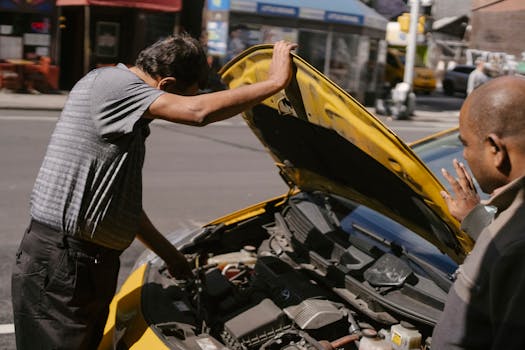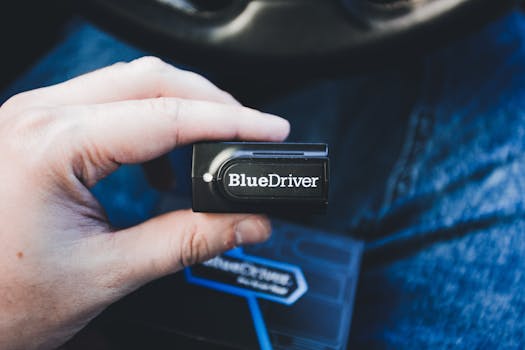
Common Mechanical Failures and How to Troubleshoot Them
Takeaways: Mechanical failures can disrupt operations and lead to costly downtime. Understanding common issues such as overheating, unusual noises, and loss of power can help you troubleshoot effectively. This guide explores these problems and offers practical solutions.
Mechanical equipment is essential in various industries, and when something goes wrong, it can lead to significant downtime and expenses. Knowing how to identify and troubleshoot common mechanical failures is crucial for maintaining productivity. In this article, we’ll delve into frequent issues that arise in machinery and provide you with troubleshooting tips to get your equipment back in operation.
1. Overheating

- Check Fluid Levels: Ensure that oil and coolant levels are adequate. Low fluid levels can lead to increased friction and heat.
- Inspect Cooling Systems: Look for blockages in radiators, fans, or cooling fins. Clean any debris that may be obstructing airflow.
- Monitor Load Conditions: Verify that the machine is not being overloaded beyond its specifications. Reducing the load can help maintain optimal operating temperatures.
- Examine Belts and Hoses: Check for wear and tear on belts and hoses. Damaged components can impede fluid flow and cooling efficiency.
By addressing these areas, you can often resolve overheating issues and prevent further damage to your machinery.
2. Unusual Noises

- Identify the Source: Try to pinpoint where the noise is coming from. This can help determine the specific component that may be failing.
- Check for Loose Parts: Inspect bolts, screws, and other fastenings. Loose components can cause rattling noises and should be tightened or replaced.
- Lubricate Moving Parts: Insufficient lubrication can lead to grinding or squeaking noises. Apply the appropriate lubricant to bearings, gears, and other moving parts.
- Look for Wear and Tear: Examine parts for signs of wear, such as cracks or fraying. Replacing worn components can help eliminate unwanted noises.
Addressing unusual noises promptly can help prevent further mechanical failure and extend the lifespan of your equipment.
3. Loss of Power

- Inspect Electrical Connections: Check wiring and connections for any signs of damage or disconnection. Faulty electrical connections can lead to power loss.
- Examine Fuses and Breakers: Verify that fuses are intact and circuit breakers are not tripped. Replace blown fuses and reset breakers as necessary.
- Check for Mechanical Blockages: Ensure that moving parts are not obstructed by debris or foreign objects. Clear any blockages to restore functionality.
- Test Component Performance: Use diagnostic tools to test the performance of motors and other critical components. Replace any that are not functioning correctly.
By systematically addressing these areas, you can quickly identify the cause of power loss and implement a solution.
Conclusion








